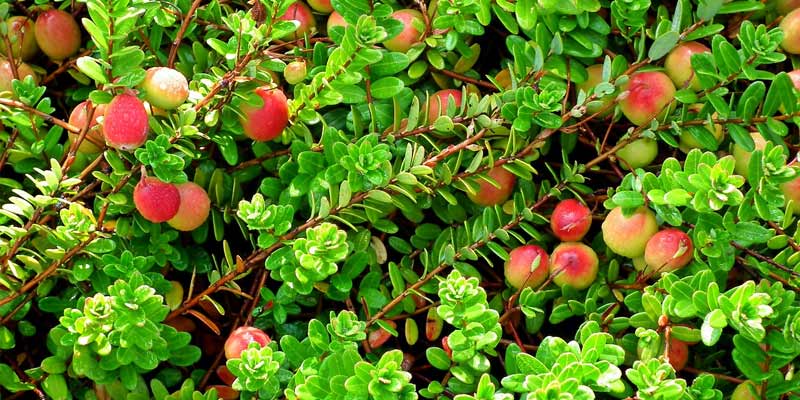Known for their vibrant color, distinct tartness, and myriad health benefits; cranberries stand as a unique and versatile fruit. Whether one cultivates them for personal enjoyment or commercial purposes, grasping the proper watering regimen emerges as crucial to yield a bountiful harvest.
In this article, we delve into the intricacies of watering cranberries—exploring factors such as soil conditions, and weather patterns–even the growth stages of these remarkable berries are considered in detail.
Understanding Cranberry Plants
To delve into the watering specifics, one must possess a fundamental understanding of cranberry plants. These are perennial evergreen shrubs that flourish in soils characterized by acidity, sandiness, and richness in peat.
Belonging to the Vaccinium genus; they exhibit trailing vines–the bearers of small round berries. Wetlands and boggy areas commonly house these plants, naturally favoring moist conditions.
Soil Moisture and Drainage
Maintaining the appropriate soil moisture level stands as a critical factor in cranberry irrigation. Consistently moist soil is a requirement for cranberries, yet they exhibit high intolerance to waterlogged conditions.
Thus, ensuring adequate drainage proves crucial in averting root rot and other issues associated with excessive water exposure.
Consider the soil’s drainage capacity to achieve the ideal moisture balance: sandy soils, are characterized by quick drainage; conversely – heavy clay soils retain water for a more extended period.
For cranberry cultivation – optimal conditions dictate an acidic soil with a pH range between 4.0 and 5.5 that drains well. Regularly monitor soil moisture levels and adjust watering practices accordingly.
Establishing a Watering Schedule
Various factors including climate, soil type, and the growth stage of cranberry plants dictate the frequency at which one must water these berries. A consistent supply of moisture throughout their growing season (usually extending from spring to fall) is particularly advantageous for cranberries.
Regions with hot and dry climates may require more frequent watering; in contrast, cooler and humid conditions allow for less regular irrigation. Striking a balance that maintains consistent soil moisture without inducing waterlogged states is crucial as this represents the key challenge.
Watering Young Cranberry Plants
Establishing a cranberry bed necessitates additional care and attention for young plants. The initial year proves critical to both root development and overall plant establishment; thus, providing abundant water–a crucial factor in facilitating soil-root integration–is essential. This initial phase is crucial for the plant’s long-term health and productivity.
The utilization of a drip irrigation system proves efficient in providing water to nascent cranberry plants. This method delivers water straight to the roots, thereby minimizing wastage and curtailing the threat of fungal diseases that moist foliage may instigate.
Watering Mature Cranberry Plants
During the flowering and fruit development stages – typically in late spring to early summer – mature cranberry plants exhibit specific watering needs throughout their growth cycle; for proper fruit set, they require the crucial maintenance of consistent soil moisture.
Gradually reduce the watering frequency as the berries mature; this simulates in a controlled environment, which is the natural drying process of wild occurrences. Such simulation encourages not only color development but also flavor enhancement in these maturing fruits. During this crucial stage, maintaining adequate moisture is indispensable to prevent over-drying or shriveling of the berries.
Monitoring Weather Conditions
For successful cranberry cultivation, it is imperative to adapt your watering schedule according to weather conditions: during periods of heavy rainfall, modify irrigation practices as this will prevent soil saturation. Conversely in dry spells – increase the frequency of watering; maintaining optimal soil moisture remains crucial.
Utilizing Mulch for Moisture Retention
For various reasons, such as moisture retention, cranberry cultivation values the practice of mulching. A layer of organic mulch, straw, or wood chips for instance – when applied regulates soil temperature; suppresses weeds, and reduces water evaporation.
Enhancing soil structure and microbial activity also contribute to the overall health of the cranberry bed.
Conclusion
Understanding the unique needs of cranberry plants and adapting your watering practices accordingly are crucial steps in mastering the nuanced process of watering cranberries. You must carefully consider factors such as soil type, drainage, climate, and growth stage to foster a healthy and productive cranberry bed.
Whether you tend to home gardens or oversee commercial cultivation; achieving an optimal balance in irrigation significantly enhances yields for these deliciously nutritious berries.



